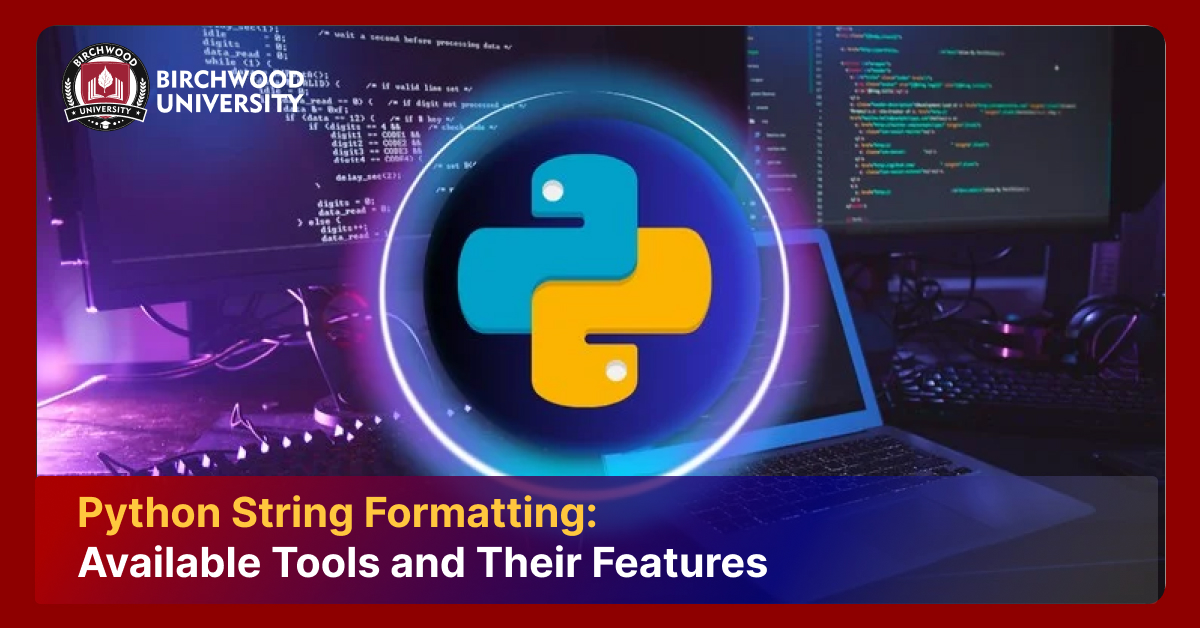The Rise of Sophisticated Phishing Attacks and Effective Mitigation Strategies
Sep 13, 2024Phishing attacks have remained a persistent and pervasive threat in the digital landscape, preying on individuals and organizations alike. Originally, these attacks relied on basic deception techniques to trick individuals into revealing sensitive information. However, as technology and awareness have evolved, so too have the tactics employed by cybercriminals. This article sheds light on the world of phishing and explores the increasing sophistication of phishing attacks, highlighting key trends, methods, and strategies used by modern cyber attackers.
1. Multi-channel phishing
- Omnichannel phishing attacks - Modern phishing attacks often span multiple channels, including emails, SMS (smishing), voice calls (vishing), and social media. Attackers may initiate contact through one of the channels and then prompt victims to take action through another, creating a multi-step deception that is very hard to detect.
- Integrated social engineering - Attackers have increased their success probability by integrating social engineering tactics across various platforms. For instance, an initial email might lead you to a malicious link, which then directs you to a fraudulent social media page designed to harvest further personal details.
2. Incorporation of sophisticated malware
- Malware-laden attachments - Modern phishing attacks frequently include intricate malware hidden in seemingly benign attachments. For instance, attackers may employ advanced obfuscation techniques to hide keyloggers or ransomware within documents such as invoices or reports that appear legitimate.
- Exploit kits - Phishing schemes often utilize exploit kits to automatically exploit vulnerabilities in the victim's software once a malicious link is clicked. These kits are designed to deliver malware silently and efficiently, increasing the chances of a successful compromise.
3. Adaptive technologies
- AI and machine learning - Attackers are increasingly using ML and AI to enhance the potency of their phishing attacks. AI-driven tools can analyze vast amounts of data to identify and exploit patterns in human behaviour, allowing for more effective and personalized phishing attempts.
- Adaptive campaigns - Phishing attempts have become increasingly adaptive, with attackers continuously refining their strategies based on feedback and success rates. This iterative approach allows them to improve their tactics, such as adjusting messaging or targeting methods in response to the previous attack outcomes.
- Cloud-based - As more organizations adopt cloud services, attackers are targeting these environments with phishing attacks designed to gain unauthorized access to cloud-based applications and data. This often involves fake login pages or malicious links embedded in communications related to cloud services.
- IoT and smart devices - With the proliferation of IoT devices, attackers are exploring various new phishing vectors targeting smart devices. For instance, phishing attacks might exploit vulnerabilities in connected home devices or smart office equipment to gain access to personal or corporate networks.
4. Exploitation of current events and trends
- Crisis-driven phishing - Attackers exploit current events, such as global crises, political events, or major news stories, to craft timely and convincing phishing messages. You must have noticed during covid that many phishing attempts disguised themselves as health alerts or pandemic-related updates, preying on heightened anxiety and urgency.
- Leveraging high-profile events - Major events such as elections, product launches, or significant corporate announcements are used as opportunities to propagate phishing schemes. Attackers create fake news or event-related content to lure victims into clicking spurious links or downloading harmful attachments.
5. Advanced spear phishing techniques
- Personalization and targeting - Unlike traditional phishing methods, which cast a wide net, spear phishing is highly targeted. Attackers gather extensive information about their victims from social media and other sources to craft convincing emails and messages that appear genuine and relevant. The attackers might impersonate a trusted colleague or business partner, using specific details that make the communication seem authentic.
- Deepfake technology - Attackers are leveraging deepfake technology to create realistic voice and video impersonations of trusted figures, further enhancing the credibility of their phishing attempts. This advanced method can deceive victims into disclosing sensitive information or authorizing fraudulent financial transactions.
6. Evolution of phishing tools
- Phishing as a software (PaaS) - The rise of Phishing as a software (PaaS) platforms allows even less experienced cybercriminals to carry out inventive phishing attacks. These platforms offer customizable phishing tools and services, including templates, email lists, and technical support, enabling a wider range of attackers to participate in phishing attacks.
- Commercial phishing kits - Cybercriminals now have access to more advanced phishing kits and tools, many of which are sold on underground forums or the dark web. These kits provide ready-made phishing templates, pre-configured phishing websites, and automated tools for managing and executing attacks, making it easier for attackers with limited tech skills to launch effective phishing campaigns.
How to mitigate innovative phishing attacks?
Here are a few strategies to mitigate the evolving phishing landscape:
- Advanced email filtering and authentication - Implementing advanced email filtering solutions and authentication mechanisms such as DMARC, DPF, and DKIM, can help prevent phishing emails from reaching your inboxes. These technologies work together to verify the authenticity of email sources and reduce the likelihood of phishing attempts. Enable multi-factor authentication as an extra layer of defence to prevent account compromise by phishing attacks.
- Incident response planning - Developing and regularly updating incident response plans is important for minimizing the impact of phishing attacks. Effective response plans include procedures for identifying, containing and mitigating phishing incidents, as well as protocols for communicating with affected individuals and recovering from attacks.
- Enhanced security awareness training - Organizations are increasingly investing in comprehensive security awareness training programs to educate employees about the latest phishing methods and how to recognize them. Regular training, simulated phishing exercises along with MS in Cybersecurity courses help reinforce best practices and improve response to real attacks.
- Set strong organization-wide password guidelines and disable commonly used passwords.
- Report suspicious activity so that the security teams can devise corrective measures.
Conclusion
From their primal simplistic forms, phishing attacks have evolved considerably into highly sophisticated and adaptive threats. By exploiting advanced technologies, utilizing current events and using multi-channel approaches, attackers have made phishing more challenging to detect and defend against. As these strategies continue to evolve, individuals and organizations must stay vigilant, adopt resilient security measures, and continuously update their awareness and response strategies to combat the ever-evolving phishing menace.






